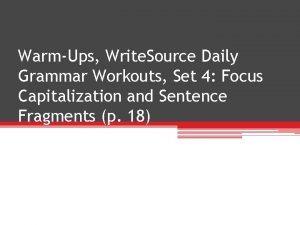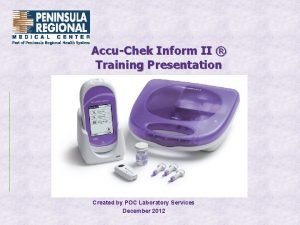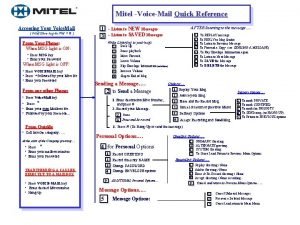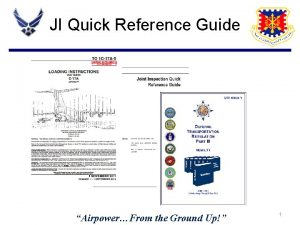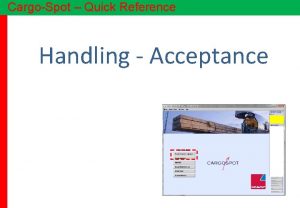Daily Stand Ups Quick Reference 1 Daily Stand














- Slides: 14

Daily Stand Ups Quick Reference 1

Daily Stand Up Format Notes: The meeting follows a standard format that helps to keep it to the 10 -15 minutes • Discussions follow the Agenda • Split into three sections; People, Performance, and Continuous Improvement • Majority of time should focus on the Continuous Improvement section 2

3

Daily Stand Up Agenda Notes: The Lead for the meeting takes the team through the Agenda ticking off each point when it has been covered. 4

Resource Planner Notes: The Resource Planner indicates where each team member is each day, split into morning and afternoon. This enables teams to plan for the week ahead and also indicates if a team member is expected in each day. • Working patterns can be indicated by greying out the box • Holidays, attendance at training sessions, out-of-office can all be highlighted on the planner • Sickness absence can be added 5

Health & Safety Month: June Notes: The Health & Safety grid creates a record for the team. It highlights where there has been an incident, or where there is the potential to be an incident. • Updated daily and looks at the previous day • No incidents are indicated with a tick • Incidents are indicated with an x • This is marked on the Perspex holder and the information is cleared every month Incidents are recorded on the paper form and are kept on display. 6

Review previous day & outline today’s plan Notes: 7

What are 3 Cs? Notes: 3 Cs are an opportunity to make improvements. • The initial problem/issue/opportunity for improvement is identified • Teams think about what is causing the problem and why is it a problem • The teams then think about how it could be solved – what could be put in place to fix it • 3 Cs are written up and team members can begin to work on the improvements 8

Wastes in the Office 9

What is a Lessons Learned? Notes: 10

What is a Success? Notes: 11

3 C Reviews Notes: 12

Roles & Responsibilities Notes: 13

Daily Stand Up Tips Notes: 14
 Line interactive ups block diagram
Line interactive ups block diagram Daily grammar warm ups
Daily grammar warm ups Quick find algorithm
Quick find algorithm Quickchek menu
Quickchek menu Texas health steps
Texas health steps Accu-chek inform ii quick reference guide
Accu-chek inform ii quick reference guide Medicare preventive services quick reference
Medicare preventive services quick reference Mitel smtp settings
Mitel smtp settings Joint inspection quick reference guide
Joint inspection quick reference guide Verilog quick reference
Verilog quick reference Reference node and non reference node
Reference node and non reference node Reference node and non reference node
Reference node and non reference node Hello hello everyone i nanny shine
Hello hello everyone i nanny shine Stand up for jesus
Stand up for jesus Ups strike 1997
Ups strike 1997

